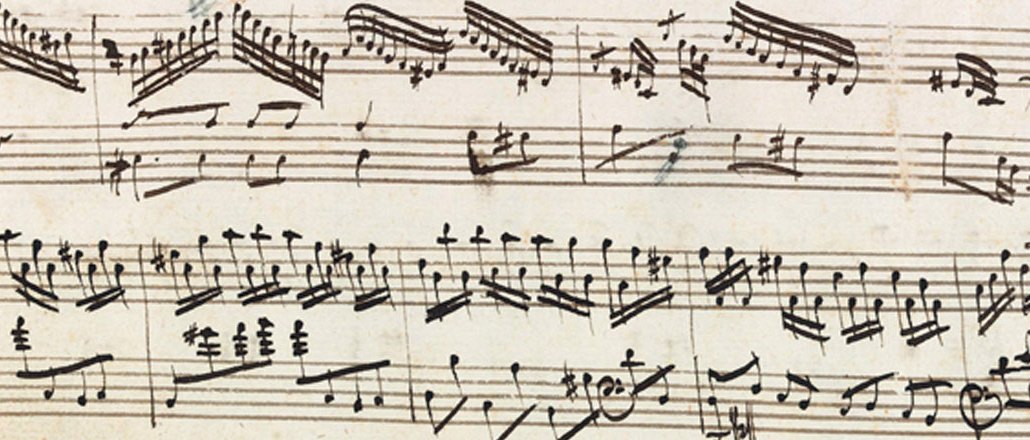
This is our video series Future Craft, where we profile creatives about how they’re adapting their craft and modernizing their technique for our evolving digital world.
Composer and producer Anthony Barfield has an entire orchestra at the tip of his fingers. With a laptop and the tap of mouse, he can cue up violins, trumpets, oboes or bassoons. With a few more clicks and movements on the keyboard, he can compose a entire musical score for an ensemble. Barfield, a graduate of The Juilliard School, has perfect pitch and plays the piano, but he admits he can’t imagine composing music without computer software like Finale or Logic Pro X.
“Those composers back then [like Mozart or Beethoven] were geniuses. They could hear every single instrument in their heads,” said Barfield. “Nowadays we don’t necessarily have to do that because we have these amazing instrumental libraries.”
Barfield says advances in music-composition software have given him creative freedom to write for instruments he doesn’t know how to physically play. Watch the video to also find out how music composition has evolved from candlelight and quill pens to software and laptops.
More in Media

With Firefly Image 3, Adobe aims to integrate more AI tools for various apps
New tools let people make images in seconds, create image backgrounds, replacing parts of an image and use reference images to create with AI.

Publishers revamp their newsletter offerings to engage audiences amid threat of AI and declining referral traffic
Publishers like Axios, Eater, the Guardian, theSkimm and Snopes are either growing or revamping their newsletter offerings to engage audiences as a wave of generative AI advancements increases the need for original content and referral traffic declines push publishers to find alternative ways to reach readers.

The Guardian US is starting its pursuit of political ad dollars
The Guardian US is entering the race for political ad dollars.





